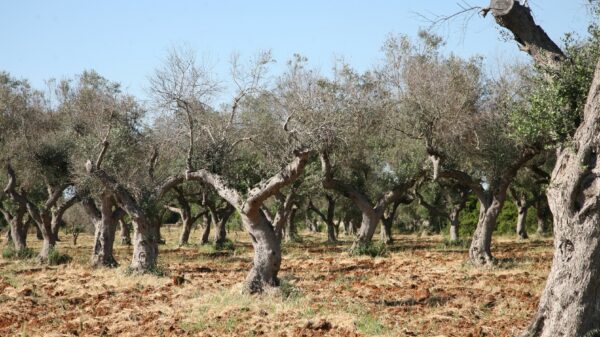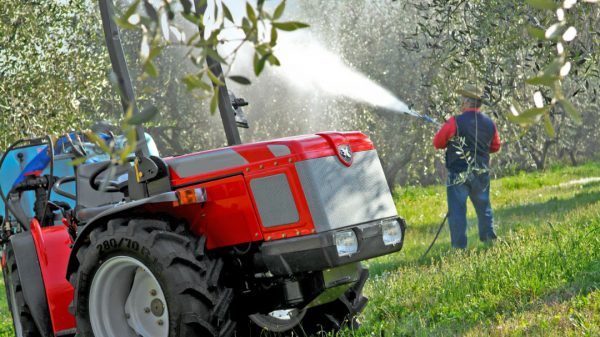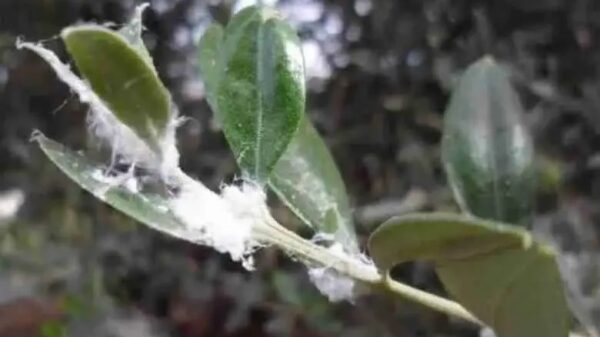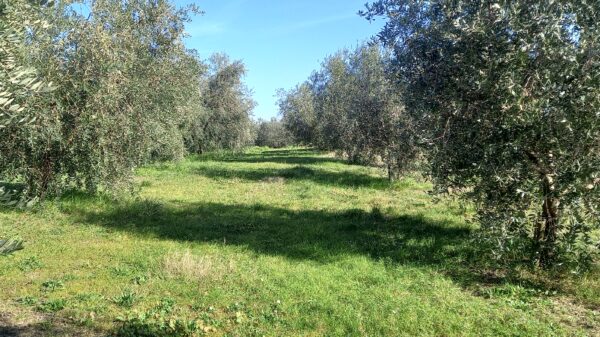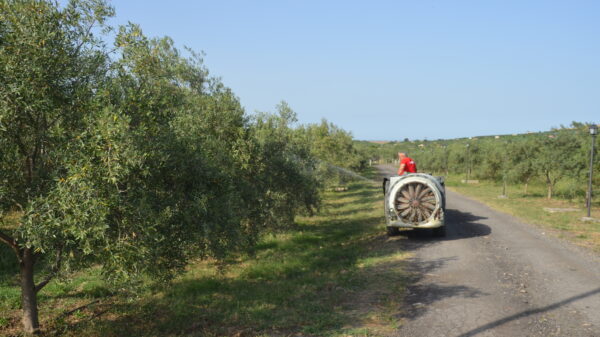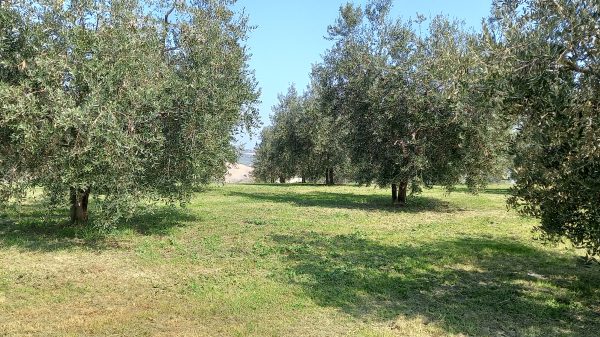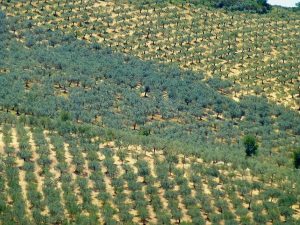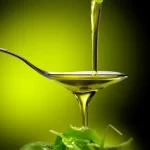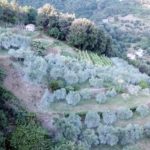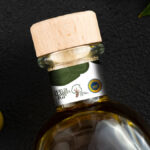In the three-year period 2019-21, in an adult olive grove in Umbria, consisting of trees of the cultivar Leccino, conducted in dry conditions, three different pruning intensities were applied: light (Leaf area index – LAI – of about 8, immediately after pruning), medium (LAI of about 6) e intense (LAI of about 4). No pruning (equivalent to an LAI of 9 – 10) was used as a control.
During the experimentation, surveys were carried out to evaluate the vegetative-productive activity and the water status of the trees and the quality of the oil. The canopy volume showed increasing values from the thesis of intense pruning to that of unpruned plants. The growth of the shoots/branches it was greater in the theses pruned more vigorously. At the collection, the fruits presented increasing values of unit weight, pulp/stone ratio, degree of pigmentation and oil content passing from unpruned plants to intensely pruned ones, while they showed an opposite behavior for the hardness of the pulp and the ratio resistance to detachment/unit weight of the fruit. The production of olives/tree was higher in plants lightly pruned or not pruned. However, the amount of oil per plant obtainable from the olives produced was similar in plants that were not pruned or pruned lightly or medium, while it was lower in those pruned intensely. The trees in which pruning of medium intensity was applied showed the highest values of production efficiency, i.e. production of olives and oil per unit volume of the canopy.
Also considering the harvest yield with vibro – trunk shakers, which strongly depends on the relationship between resistance to detachment and unit weight of the fruit, the quantity of "collectible" oil was found maximum in the thesis in which the plants were subjected to medium pruning.
Pruning intensity affected the water content relative (RWC - relative water content) of the leaves: the lowest values were obtained in unpruned plants and the highest in those subjected to intense intervention. As for the oil quality, no differences emerged for the product parameters (acidity, number of peroxides and spectrophotometric constants), while in the oils extracted from fruits at the same degree of maturity, as the pruning intensity increased, the contents of the phenolic substances decreased and those of the volatile substances increased, such as C5 and C6 aldehydes and, in particular, (E) – 2 – Hexenal. The variations in the contents of phenolic and volatile substances were found to be correlated to the mean RWC values of the leaves in the last part of the summer and in the first part of the autumn.
In conclusion, the results confirm the strong impact of pruning intensity on the vegetative-productive balance of plants and highlight significant effects on the mechanization of harvesting, on the water status of trees and on the quality of the oil produced.
BIBLIOGRAPHY: Nicola Cinosi, Stefania Urbani, Damiano Marchionni, Andrea Paoletti, Sonia Esposto, Maurizio Servili, Franco Famiani (Department of Agricultural, Food and Environmental Sciences, University of Perugia, Perugia), Enrico Maria Lodolini (Crea-Ofa, Rome), Adolfo Rosati (Crea-Ofa, Spoleto). V National Congress of the Olive and Oil
